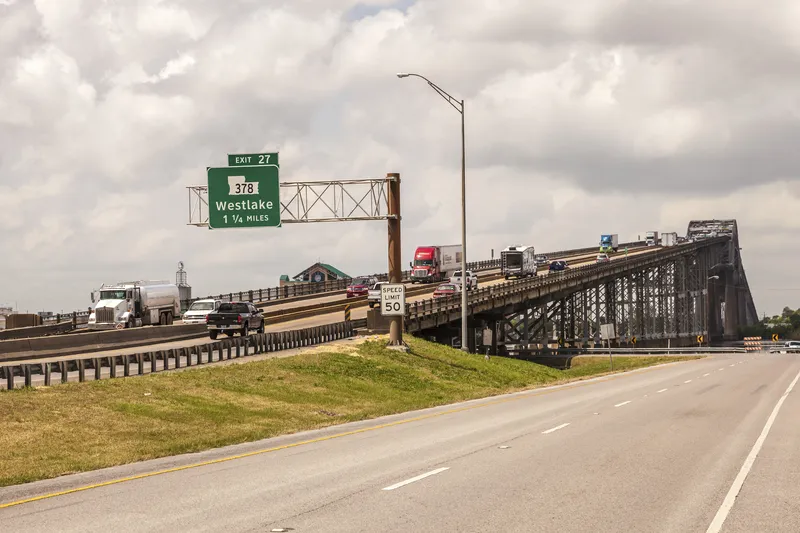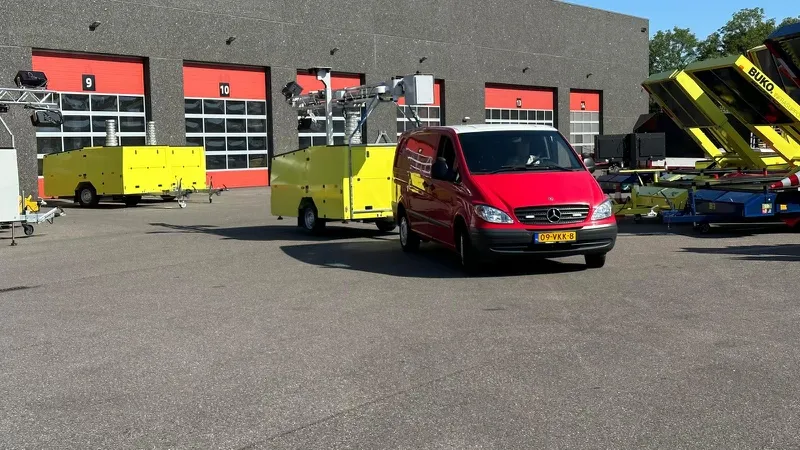The size of Australia’s largest infrastructure project could get bigger with the addition of another tunnel, according to media reports.
The New South Wales state government is considering another tunnel, around 1km long, in the inner west, expanding the size of Sydney's WestConnex toll road project, according to the Sydney Motorway Corporation, which along with its state government client, Roads and Maritime Services, is in charge or the US$12.74 billion project.
Sydney Motorway was set up in 2014 an
July 21, 2016
Read time: 2 mins
The size of Australia’s largest infrastructure project could get bigger with the addition of another tunnel, according to media reports.
The New South Wales state government is considering another tunnel, around 1km long, in the inner west, expanding the size of Sydney's WestConnex toll road project, according to the Sydney Motorway Corporation, which along with its state government client, Roads and Maritime Services, is in charge or the US$12.74 billion project.
Sydney Motorway was set up in 2014 and awarded the design-build-own-operate contract by the NSW Government. The latest tunnel would run from Iron Cove Bridge to an interchange at Rozelle, where it would link to the WestConnex motorway.
Roads minister Duncan Gay said that no decision has yet been taken on the final design of the link between the M4 and M5 motorways, "but we are always looking for the best options to fix traffic congestion in Sydney".
It is also unclear if the cost of the new tunnel will come from the WestConnex budget, the Herald reported.
About 200 properties are being acquired for the first stage of WestConnex, and 159 for the second.
Sydney Motorway announced in January that it had award2376 Egis Projects and 6191 Fulton Hogan Construction a contract for the operation and maintenance of WestConnex.
SMC – whose shareholders are Minister for Roads, Maritime and Freight and the Treasurer of NSW – is carrying out work in three stages. The first is for the widening the existing M4 Motorway as well as constructing a 5.5km tunnel extension. The second stage (WestConnex M5) includes building a new 9km road tunnel, which will more than double capacity of the existing M5 East motorway corridor and provide a new interchange, north of the city’s airport. The third stage (WestConnex M4-M5 Link) will link stages 1 and 2 through a new road tunnel, connecting the M4 and M5 corridors.
The contract term for stages 1 and 2 is 10 years. Operation and maintenance will start in 2019. In addition, the contract comprises the operation and maintenance of the existing M5 East Motorway, which had been previously operated and maintained by Egis (as part of the BHEgis joint venture) from 2001 to 2011. M5 East is a 10km motorway with 4.5km of tunnels.
The New South Wales state government is considering another tunnel, around 1km long, in the inner west, expanding the size of Sydney's WestConnex toll road project, according to the Sydney Motorway Corporation, which along with its state government client, Roads and Maritime Services, is in charge or the US$12.74 billion project.
Sydney Motorway was set up in 2014 and awarded the design-build-own-operate contract by the NSW Government. The latest tunnel would run from Iron Cove Bridge to an interchange at Rozelle, where it would link to the WestConnex motorway.
Roads minister Duncan Gay said that no decision has yet been taken on the final design of the link between the M4 and M5 motorways, "but we are always looking for the best options to fix traffic congestion in Sydney".
It is also unclear if the cost of the new tunnel will come from the WestConnex budget, the Herald reported.
About 200 properties are being acquired for the first stage of WestConnex, and 159 for the second.
Sydney Motorway announced in January that it had award
SMC – whose shareholders are Minister for Roads, Maritime and Freight and the Treasurer of NSW – is carrying out work in three stages. The first is for the widening the existing M4 Motorway as well as constructing a 5.5km tunnel extension. The second stage (WestConnex M5) includes building a new 9km road tunnel, which will more than double capacity of the existing M5 East motorway corridor and provide a new interchange, north of the city’s airport. The third stage (WestConnex M4-M5 Link) will link stages 1 and 2 through a new road tunnel, connecting the M4 and M5 corridors.
The contract term for stages 1 and 2 is 10 years. Operation and maintenance will start in 2019. In addition, the contract comprises the operation and maintenance of the existing M5 East Motorway, which had been previously operated and maintained by Egis (as part of the BHEgis joint venture) from 2001 to 2011. M5 East is a 10km motorway with 4.5km of tunnels.








